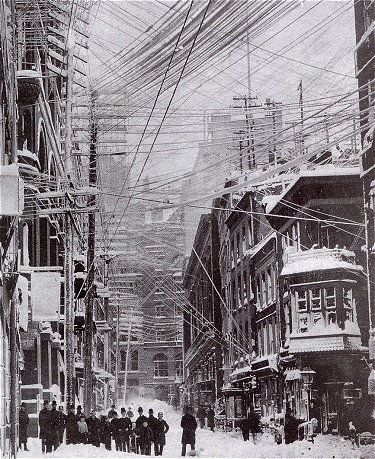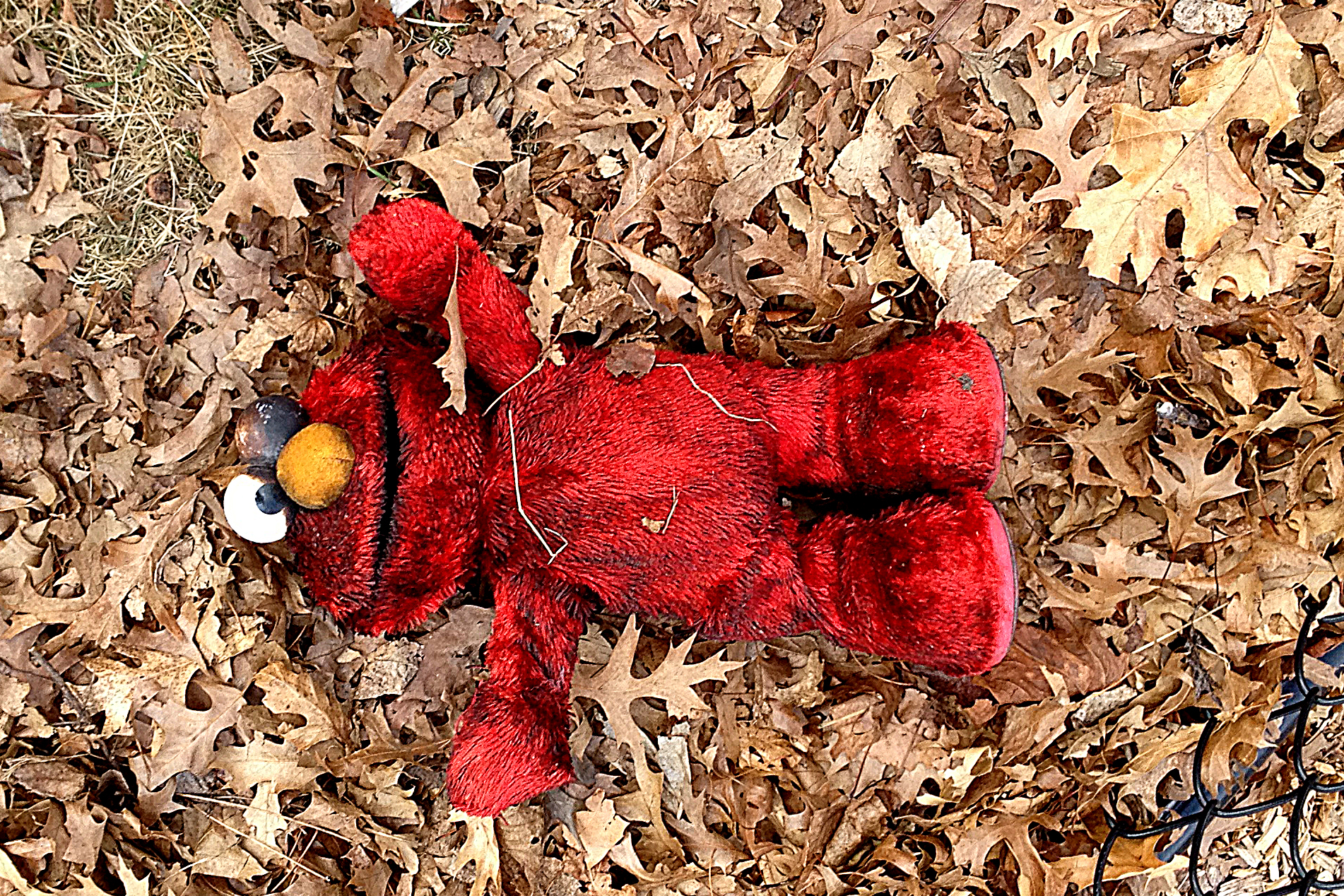
Figure 1 – New York City during the Great Blizzard of 1888, showing the tangle of electrical wires taking the strain of the snow. After the disaster of the storm New York City began the task of placing electrical utilities below ground. From the Wikicommons and in the public domain.
The weather in New York City in early March of 1888 was unseasonably mild. On March 12 heavy rain developed and then turned to snow. The snow became heavy just after midnight and continued with fury for a day and a half. There was a total of about 40 inches in New York and New Jersey, while Connecticut and Massachusetts received as much as 50 inches. In New York City at the height of the storm winds gusted to forty miles per hour and snow drifts averaged 30 to 40 feet in New York and New England.
The Great Blizzard of 1888 was the perfect formula for disaster as the City was a tangle of electrical, telegraph, and telephone wires. The wires rapidly became covered in snow and were brought down by shear weight and ferocious winds. People were electrocuted by falling wires and their bodies not found for weeks until the snow melted.
I remember a diorama of the storm at the American Museum of Natural History in NYC and my father recounting the story as if he had lived it. Such were my memories and thoughts on Monday afternoon, as I walked along the Charles River Reserve beneath the Watertown, MA bridge. Our own blizzard was reduced to memory now with almost all the snow melted and remnants of colossal drifts now yielded their own detritus.
12:45 PM EST was when I found him. It was near the children’s playground on the north bank of the river about a mile east of the bridge. I was glad that there were no children present to witness my grim discovery. I saw him first lying face down in the flotsam of now wasted snowdrifts. His fur was grimy but unmistakably red. One eye was turned back in his head. I turned him over to confirm his identity. We await DNA verification, but it all seems sadly certain. Rest in peace, little red friend.

